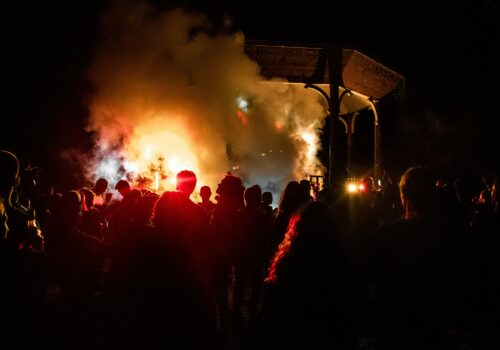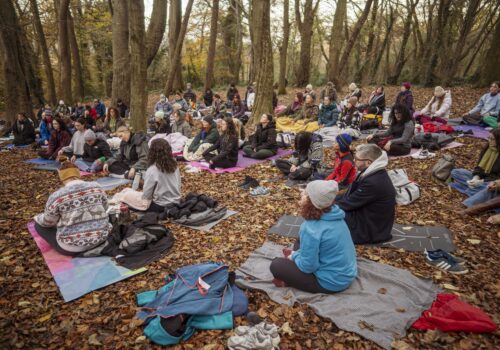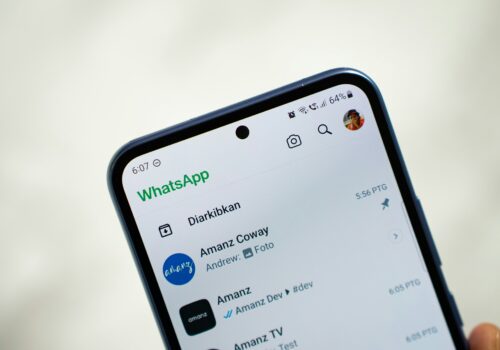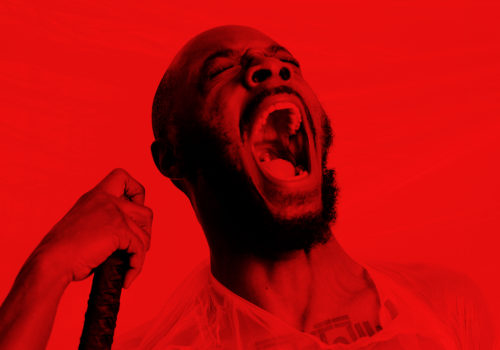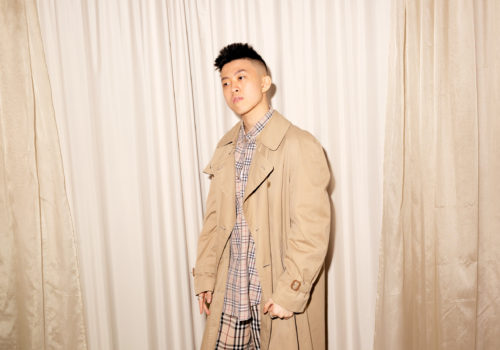We Need To Talk About Irish Radio’s Representation Problem
Words: Dray Morgan
For some time, it has felt like artists have had to work against Irish radio instead of with it. Representation of not only sound but identity can be fairly homogenous. These inklings have only been confirmed by a recent gender disparity report on Irish radio by Why Not Her? Collective, which highlights drastic underrepresentation on Irish airwaves.
Only one living Irish woman appeared on the top 100 most played singles this year. One. If you want to add to Jazzy’s success, you can also include Dolores O’Riordan of Cranberries fame, who has seen a large resurgence on streaming services. Furthermore, Jazzy was the only Irish person of colour featured on this shortlist. Evidently, it only takes being the first Irish woman in 14 years to achieve a number one single to get some airtime.
Comparatively, 16 Irish men graced the top 100 list, all white. This means that not one Black Irish male vocalist has made consistent radio play, despite seeing acts like TraviS and Elzzz earning the first ever number one Irish hip hop album this year.
This is just one eyebrow-raising statistic from the “Why Not Her?” report, which draws from radio data over the past 365 days. The report presents a comprehensive analysis of gender and racial representation within the Top 20 most popular songs by Domestic Irish artists on Irish radio stations. It also highlights the Top 5 songs played on each station during the twelve-month period, focusing on Irish artists exclusively.
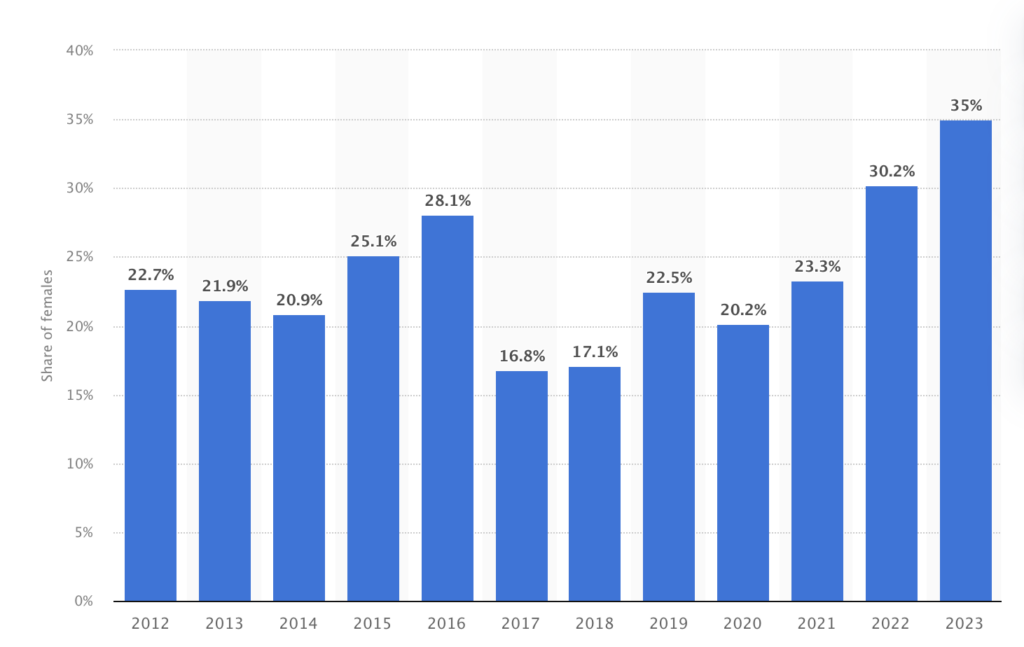
It’s fair to say the disparity is large. We are seeing female artists dominate our screens and ears. You can’t escape Taylor Swift, Ice Spice has been sewn into all our feeds and don’t even get us started on Lana. In fact, 2023 saw the highest level of female representation in the charts ever, so why isn’t this translating to air time?
Every day over 3 million Irish people tune into the radio, which is 80% of all adults. Although we are definitely in the streaming era, this proves that radio still plays a pivotal role in platforming acts and promoting art. Looking at RTÉ’s flagship radio networks, only RTÉ Radio 1 played more women than men, with Lyric, 2FM and Pulse having a significant gap in representation.

However, looking outside of RTÉ’s remit, Today FM, FM 104, Spin 103.8, 98 FM, Ocean FM, Galway Bay as well as dozens of other large regional stations all fall to under 25% of total radio time being dedicated to women. From 2019 to 2021, FM 104 did not include an Irish female artist onto their playlists, with this only rising to 20% by last year. From 2016 to 2021, Dublin’s FM104’s top 20 most played Irish artists was 100% white male performers. This is slowly being adjusted, with last year’s data showing 20% representation.

The data also indicated a further problem with artists finding it almost impossible to break through onto airwaves. Large labels dominate Irish radio, with the same artists being broadcast for what feels like the past decade. Why Not Her?’s report shows the same names at the top of the running order. Names such as Niall Horan, Dermot Kennedy and Picture This have dominated radio’s output for the best part of a decade at this point. This is not only a male-dominated issue but a label-dominated issue, all three of these names are signed to labels owned by Universal Music Group, which has a market share of over a third of the global music market. Only 3 independent Irish artists made it to the Top 100 songs on Irish radio so far in 2024. This leaves the independent to signed artist ratio at 17:3.

Linda Coogan Byrne, Founder of Why Not Her?, commented on the results “Our data once again underscores the critical need for systemic change in how radio playlists are curated in Ireland. Despite the clear evidence of talent and success among female artists and artists of colour, they remain marginalised in airplay. We have also found that Independent Irish artists, in general, face immense challenges in gaining airplay.”

We are slowly seeing Irish radio evolve to become more representative and diverse, but there’s a long way to go. Sometimes it can feel like mainstream Irish radio has turned its back on Irish artists. Many Irish acts receive radio play from British stations before seeing support from their native country. Regional radio stations must address the imbalance in playtime between male and female artists. Trends are showing we’re making ground, but with female artists being such a force globally, why does this conversation even need to be had?
